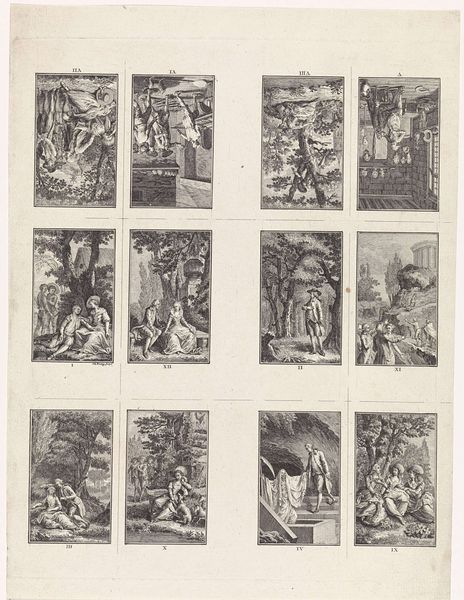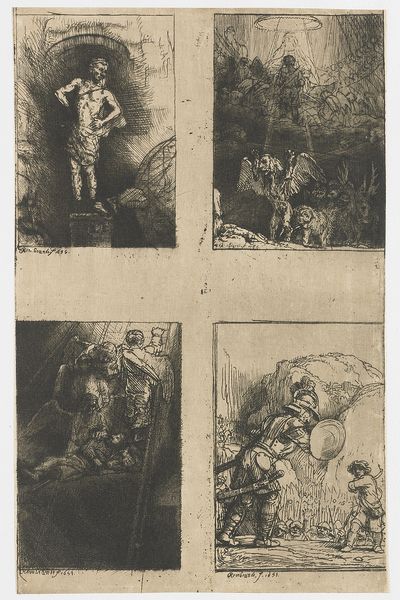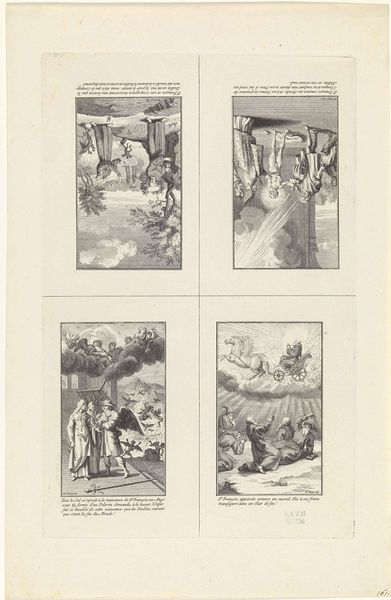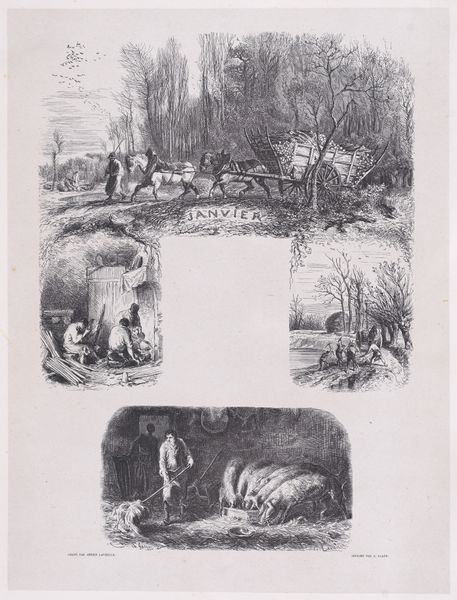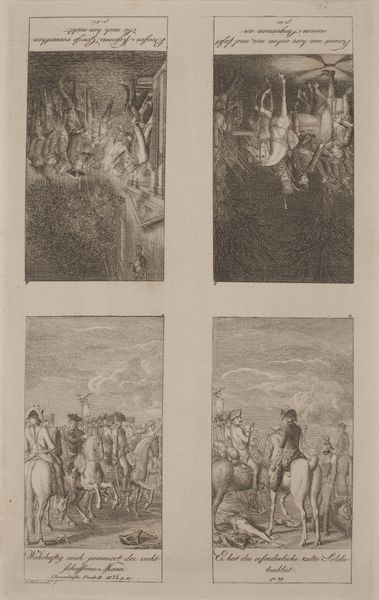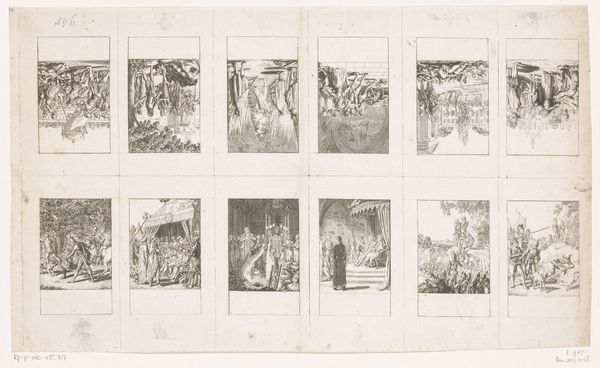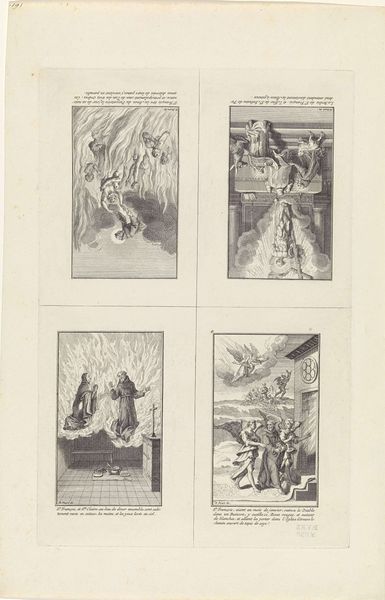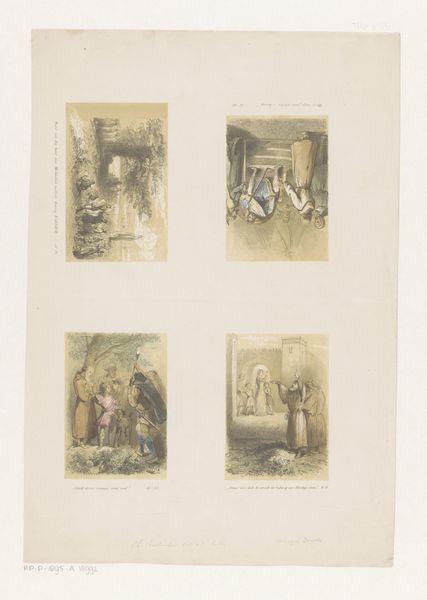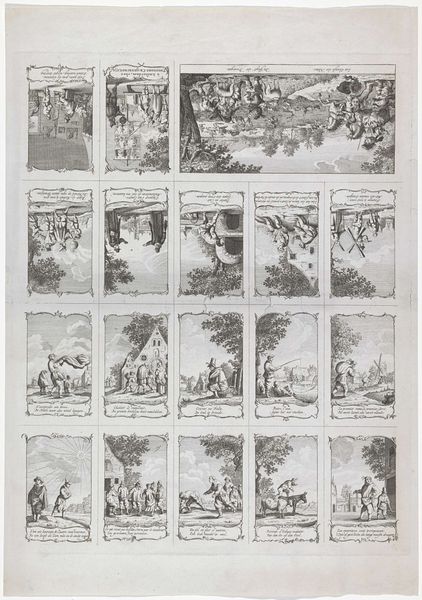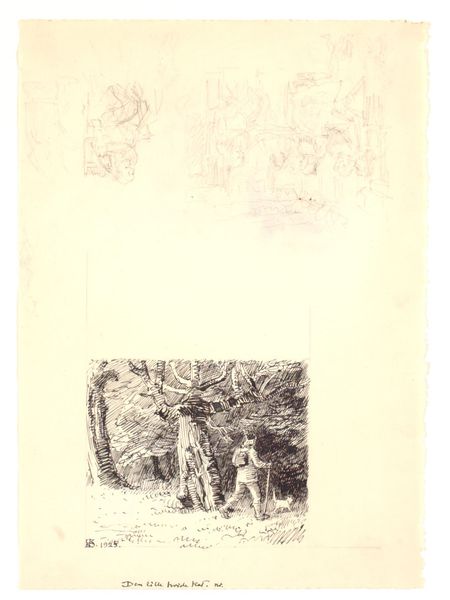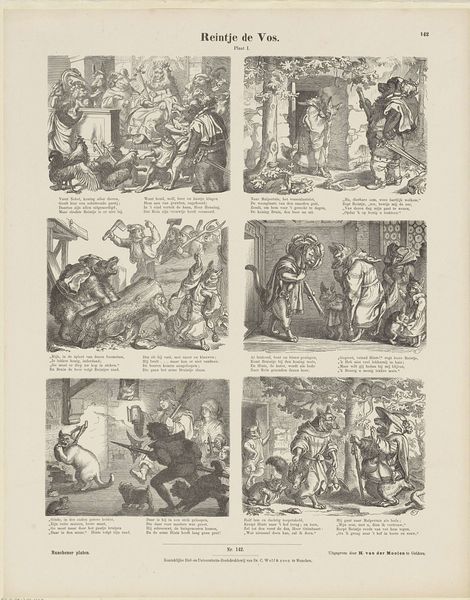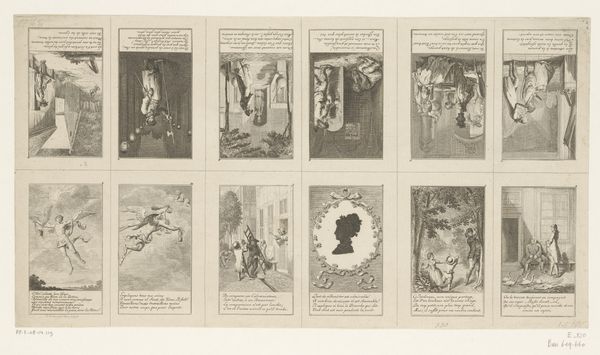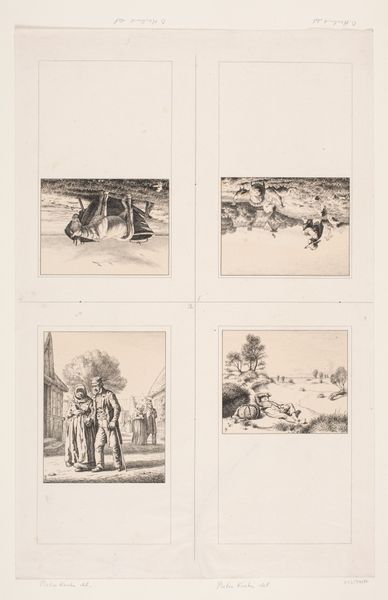
Farmyard Landscape (a), Seated Peasant (b), Beggar (c), Beggar (d), Little Beggar (e), Head of a Breton (f), and Fishing Landscape (g) 1844
0:00
0:00
drawing, print
#
drawing
#
toned paper
#
light pencil work
#
quirky sketch
# print
#
sketch book
#
incomplete sketchy
#
personal sketchbook
#
sketchwork
#
pen-ink sketch
#
sketchbook drawing
#
sketchbook art
Dimensions: Sheet: 7 7/8 × 6 1/8 in. (20 × 15.5 cm) Plate: 6 1/2 × 4 15/16 in. (16.5 × 12.5 cm) Image (a): 1 15/16 × 3 1/8 in. (5 × 8 cm) Image (b): 1 1/2 × 1 1/16 in. (3.8 × 2.8 cm) Image (c): 2 1/16 × 1 3/16 in. (5.3 × 3 cm) Image (d): 1 11/16 in. × 1 in. (4.3 × 2.5 cm) Image (e): 1 7/8 × 1 3/16 in. (4.8 × 3 cm) Image (f): 1 in. × 13/16 in. (2.5 × 2 cm) Image (g): 1 1/4 × 2 15/16 in. (3.3 × 7.5 cm)
Copyright: Public Domain
Charles Jacque created this etching, titled "Farmyard Landscape" and other studies, sometime in the mid-19th century. It offers us insight into the social realities of rural France during a period of significant change. The compilation of images here—landscapes, peasants, and beggars—create meaning through their juxtaposition. Jacque, working in a France marked by social stratification, presents a view of the countryside that includes both its idyllic beauty and the harsh realities of poverty. This was a time of increasing industrialization, and the art world, including institutions like the French Academy, was being challenged to depict modern life. Jacque's choice of subject matter and his medium suggest a deliberate engagement with these debates. To understand this work, scholars might turn to sources from the period, such as social surveys, literary accounts, and records from institutions dealing with poverty. By examining art in its social and institutional context, we gain a richer understanding of its historical significance.
Comments
No comments
Be the first to comment and join the conversation on the ultimate creative platform.
